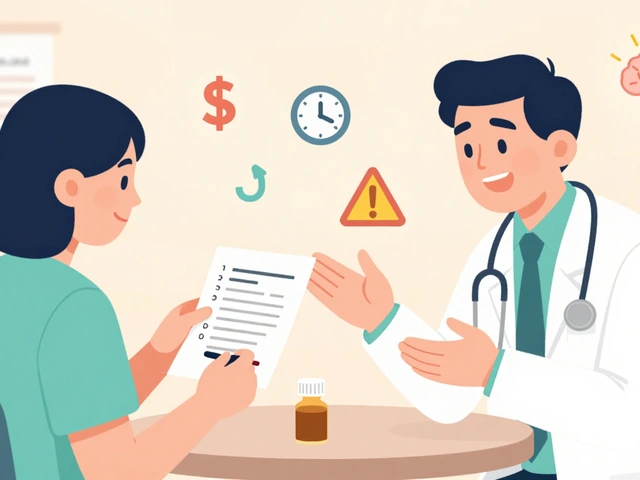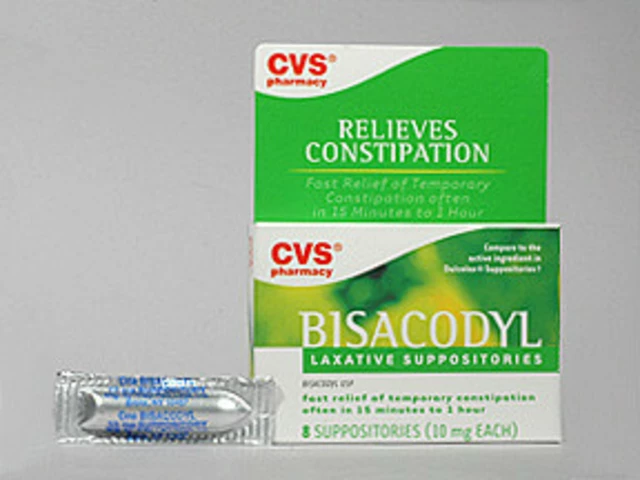Skeletal Muscle: What Causes Weakness, Cramps and Medication-Related Problems
Feeling weak, getting unexpected leg cramps, or noticing twitching? Skeletal muscle problems are common and often tied to simple things like low electrolytes, dehydration, or a medication side effect. This tag collects straightforward guides and real-world tips to help you spot the cause and know what to do next.
Common drug-related muscle issues
Some medicines change how your muscles work. Diuretics and certain blood pressure drugs can shift potassium and magnesium and trigger cramps. For people on spironolactone, for example, keeping electrolytes balanced matters — our "Hydration Tips for Spironolactone Users" article shows practical ways to avoid dehydration and electrolyte swings.
Antibiotics matter too. Fluoroquinolones like levofloxacin are linked with tendon and muscle problems in some people — check the "6 Alternatives to Levofloxacin" piece if you’re worried about risks or looking for safer options. Other drugs used for chronic conditions (anticonvulsants, some heart meds) can cause fatigue or mild muscle weakness; read the Depakote and Toprol guides on our site to see how those meds may affect energy and muscle performance.
Practical steps you can take today
Start simple: track when symptoms happen. Do cramps come after long walks, after starting a new drug, or on busy workdays? Next, check basics you can control — hydration, salt intake, and a balanced diet with potassium and magnesium. Low phosphate is a classic cause of weakness; our "Hypophosphatemia Risks" article explains how phosphate supports muscle function and what raises or lowers your levels.
If a medication might be involved, talk to your prescriber before stopping anything. They can order blood tests (electrolytes, kidney and liver checks) and consider switching drugs. For sudden severe weakness, swelling, dark urine, or extreme pain, get urgent care — those signs can mean serious muscle damage.
Physical therapy helps when weakness is persistent. A targeted home routine can reduce stiffness and rebuild strength without heavy lifting. If your job or hobbies strain the same muscles, small tweaks — better posture, breaks, or different tools — often cut symptoms fast.
Want specific reading? Start with "Hypophosphatemia Risks" for bone and muscle links, "Hydration Tips for Spironolactone Users" for electrolyte advice, and our Levofloxacin alternatives piece to learn safer antibiotic options. Use those practical guides to ask better questions at your next doctor visit.
If you’re unsure what’s happening, a short clinic visit with a simple blood panel and a quick medication review usually clears things up. Don’t ignore new or worsening muscle symptoms — early fixes are easier than treating full-blown problems.
In my latest blog post, I delve into the fascinating world of genetics and its role in skeletal muscle conditions. It's amazing to learn how our genes can influence muscle development, function, and even predispose us to certain conditions like muscular dystrophy or myopathy. As research progresses, scientists are discovering more about the complex genetic factors that contribute to these disorders. This knowledge not only helps improve diagnosis and treatment options, but also opens the door to potential gene therapies in the future. I encourage everyone to read up on this captivating topic, as understanding our genetic makeup can empower us in managing our health and well-being.
View Details

